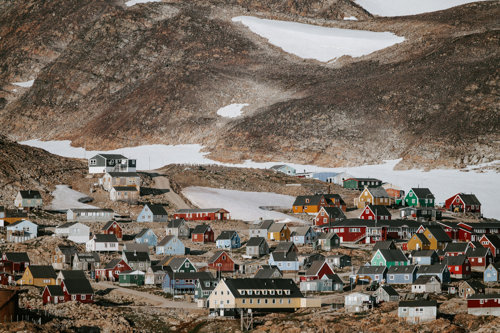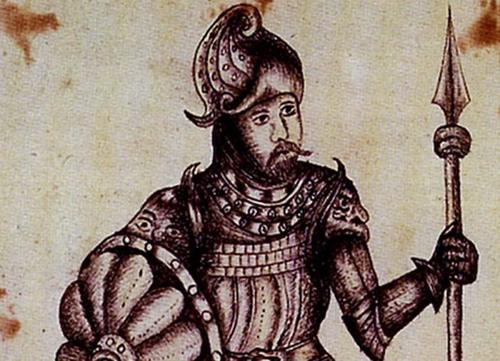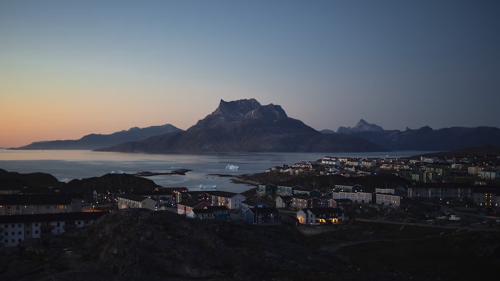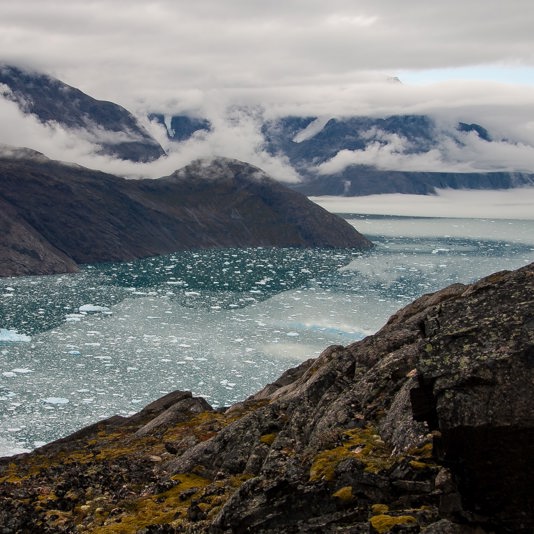17 Jul
2024Moretime Expeditions oftentimes reach the eastern part of the largest island on the planet, Greenland. The Amazone, a modern two-masted ice-class schooner, will be at our disposal, so the journey will be comfortable even in the Arctic climate. However, in ancient times the discoverers had a much more difficult time - nevertheless, they were successful in exploring the island as early as the tenth century AD. Today we tell the story of Greenland exploration.
History of Greenland exploration
Moretime Expeditions oftentimes reach the eastern part of the largest island on the planet, Greenland. The Amazone, a modern two-masted ice-class schooner, will be at our disposal, so the journey will be comfortable even in the Arctic climate. However, in ancient times the discoverers had a much more difficult time - nevertheless, they were successful in exploring the island as early as the tenth century AD. Today we tell the story of Greenland exploration.

The first steps of Greenland exploration
In prehistoric times, Greenland was inhabited by Paleo-Eskimos - natives of the Arctic islands of North America. Due to the climatic conditions of the island, which were not suitable for human life, these peoples either migrated or died out, and Greenland remained uninhabited for centuries.
The first Europeans to settle in Greenland were Vikings from Iceland. At the end of the 10th century (about 980-982), Erik Thorvaldson the Red, according to the laws of the time, was banished from Iceland for 3 years for killing a neighbor who did not want to repay his debt. After loading all his possessions, his family and servants onto ships, Erik set sail for the West, where he knew there was an unexplored and unknown land. Thus, he became the first man whose visit to Greenland is documented. According to legends, the Norwegian Gunnbjørn Ulfson and the Icelander Snæbjørn Borov had reached Greenland before Erik the Red.

Landing on the southwest coast of the island, Erik spent the prescribed 3 years of exile there, explored the coast and found no natives, then returned to Iceland in 986 and began actively persuading other Vikings to move to the new land. He named the island Greenland - literally "Green Land". Researchers differ on the reason for choosing such a name: whether the climate of Greenland at that time was milder and the island really had a lot of vegetation, or whether it was an "advertising move" of the enterprising Viking, aimed at convincing his compatriots to move to the island.
The first European settlement
Erik soon set sail for Greenland with 25 ships of settlers. Only 14 of them managed to reach the island, and about 350 people landed near present-day Narsarsuaq. There Erik founded his first settlement called Eystribyggd (Eastern Settlement). A little later, Vestribyggd (Western Settlement) was founded on the site of the modern town of Nuuk, the capital of Greenland.

The settlers needed wood to build houses, so they established a mutually beneficial trade with Iceland and some Scandinavian settlements. Greenlanders shipped seal oil, walrus tusk, hemp, fish, sheep, and cattle hides to the continent. In search of timber, Greenlanders reached the American continent long before Columbus and even founded small colonies there, but because of conflicts with the "skröllings" - as they called the North American Indians - the colonies did not last long.
At the beginning of the XI century in Greenland came Christianity. Eric the Red's wife Tjodhild and his son Leif founded the first church on the island.
Until the middle of the XIII century Greenland was independent and only in 1261 became part of the Kingdom of Norway. It is believed that in its heyday the population of Greenland numbered several thousand people.
In the fourteenth century, with the onset of the Little Ice Age, agriculture and herding in Greenland began to decline, and a plague epidemic cut the island's population in half. The Norwegian kingdom, along with Iceland and Greenland, became part of Denmark, and this too took a heavy toll on the island settlements.

Thule culture
At the same time Greenland began to be settled by the tribes of the Thule Eskimo culture, the ancestors of the Inuit, better adapted to life in the harsh conditions of the Arctic.
The descendants of the Vikings gradually left the island, dying in the struggle with the Tuleans for the best hunting and fishing grounds or perishing from hunger and want. The last written record of the life of Greenlandic colonists dates back to 1408 - a marriage concluded in one of the last remaining Christian churches on the island, after which, according to historians and archaeologists, the European colonists disappeared from Greenland. In the XVII century, when Danish missionaries arrived in Greenland, only Eskimo tribes lived on the island. However, this encounter marked the beginning of a new period of Greenland's development - with increased exploration of the territory, its opening to merchant ships and explorers, and the prosperity and enrichment of its cultural heritage.
You can explore the details of all of our partner’s expeditions at
https://moretime-expeditions.com/

